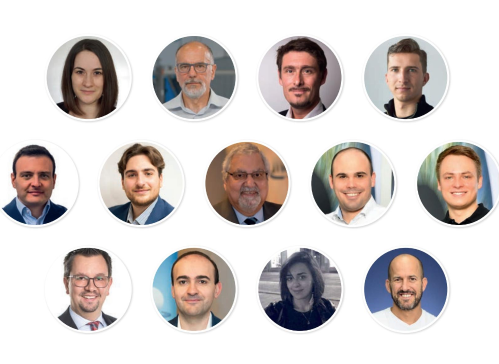Ophthalmic optics industry records slight sales growth

Despite numerous crises: Ophthalmic optics industry records slight sales growth. SPECTARIS presents first industry figures for 2022 on the occasion of opti Munich, the leading trade fair for the sector / Sales rise to 4.87 billion euros / International business increases significantly.
According to preliminary calculations by the SPECTARIS industry association, German manufacturers of ophthalmic optics and consumer optics were able to increase their sales by 2.5 percent to 4.87 billion euros in 2022, despite the difficult underlying conditions. Domestic business remained at the previous year’s level with a value of 2.42 billion euros. The number of employees also remained unchanged at 20,600. International business, on the other hand, increased by around five percent, with foreign sales climbing to 2.45 billion euros. Export statistics for the first three quarters of 2022 show a seven percent increase in exports to countries in the European Union, which account for around 62 percent of exports. Exports to North America and Asia also increased significantly. By contrast, exports to the rest of Europe were weak, partly due to a drop in business with Russia.
As a result of the sharp rise in the cost of living and the significant downturn in consumer spending, sales in 2022 were slightly below expectations. In particular, the second half of 2022 was weak. SPECTARIS presents the economic figures at the start of opti, the International Trade Fair for Optics and Design in Munich, where the industry comes together from January 13 to 15.
Mirjam Rösch, Chair of Consumer Optics at SPECTARIS, explains, “2023 will bring further challenges. However, the German government’s extensive cost containment measures, the first signs of weakening inflation and a gradual improvement in the consumer climate are positive signals.”
Regardless of the short-term development of the industry, all signs point to growth in the medium and long term: eyeglasses and contact lenses restore a high level of comfort and quality of life, and have long been established as fashion accessories. Demographic change, which is benefiting the industry, is in full swing. Rösch: “More and more children and young people are also becoming nearsighted, for which the industry is providing age-appropriate solutions. In addition, refractive errors are now expected to be noticed earlier and continue to increase due to more home office work and intensive use of the small screens on mobile phones.”




